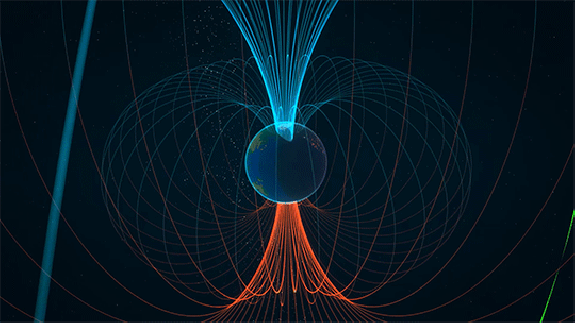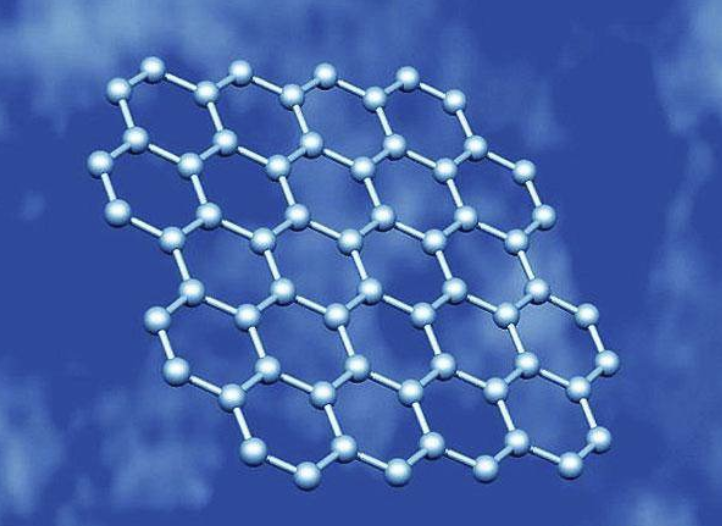Alternating Magnetism May Revolutionize Storage and Superconductivity
On the grand stage of the magnetic world, a revolutionary transformation in material properties is quietly unfolding. If ferromagnetic materials are the "disciplined troops" of the magnetic realm, neatly aligned in the same direction, and antiferromagnetic materials resemble a group of debaters holding opposing views, each standing firm in their stance, then the recently discovered new type of magnetism-"alternating magnetism"— is like a dance troupe adept at switching formations, finding a delicate balance between strict order and free variation.

Magnetic materials have always played a crucial role in technological development. From maglev trains to hard drive storage, from medical imaging technology to aerospace engineering, magnetic materials are ubiquitous. Ferromagnetic materials are the most familiar "star players"; their atomic magnetic moments are aligned like a perfectly synchronized army, capable of responding swiftly to external magnetic fields, making them ideal for data storage and motor technology: However, the stability of ferromagnetism is limited and easily disturbed by external magnetic fields. In stark contrast, antiferromagnetic materials have magnetic moments that face opposite directions half pointing east, half pointing west-canceling each other out, making their magnetism nearly imperceptible to the outside world.
Scientists have long been searching for magnetic materials that are both stable and easy to manipulate, and "alternating magnetism" has emerged as a rising star, bringing exciting breakthroughs. The magnetic moment arrangement of alternating magnetism is like a uniquely choreographed dance, neither as uniformly aligned as ferromagnetism nor as completely opposing as antiferromagnetism, but instead forming a subtle staggered arrangement-creating a unique "magnetic equilibrium technique." This remarkable arrangement endows it with a "dual superpower that behaves like ferromagnetic materials in being obedient and easily controllable while also possessing the rock-solid stability of antiferromagnetic materials. Scientists have discovered that this property makes it highly promising for magnetic storage applications, with manganese telluride (MinTs) being a standout candidate.

At first glance, manganese telluride appears unremarkable— a simple black solid but internally, it exhibits a complex and dynamic nature. Previously, it was categorized as either a ferromagnetic or antiferromagnetic material. However, recent studies have. Revealed that under specific temperatures, it astonishingly "switches faces," displaying characteristics of alternating magnetism that lie between the two.
To uncover the "magnetic secrets" of manganese telluride, scientists turned to the "Hubble Telescope of Microscopy"-LEEM. Inside manganese telluride, the arrangement of magnetic moments resembles a meticulously choreographed dance, with every step revealing the unique rhythm of alternating magnetism. With slight temperature adjustments, this material can "change dance moves," freely switching its magnetic structure. This suggests that it could become a "super warrior" in future storage devices- ensuring both high-speed read/write performance and long-term data stability, much like a highly intelligent and reliable "memory master."
But this is not its only potential. Scientists boldly speculate that the unique properties of alternating magnetism may even hold the key to unlocking the mysteries of superconductivity. After all, superconductivity is a fascinating phenomenon, and if resistance-free current transmission can be achieved at room temperature, it would revolutionize countless industries and technologies.

From storage technology to future computing, alternating magnetic materials are like natural-born "face changers," with every transformation potentially unveiling a new chapter in technological advancement. Not only could they make storage devices faster and more reliable, but they might also serve as the critical key to unlocking the secrets of superconductivity. In the field of quantum computing, scientists are exploring how to use this "dancing magnetism" to stabilize quantum bits, akin to fitting mischievous electrons with "balancing wings" to prevent them from making errors. In nanotechnology, alternating magnetic materials may inspire a new generation of sensors and electronic devices, creating more sensitive and efficient intelligent systems.
Human understanding of magnetism is undergoing a thrilling upgrade. As the wheels of technology continue to move forward, the emergence of alternating magnetic materials is like installing a more powerful engine on the road to future innovation, accelerating our journey toward a smarter world.
(Writer:Tommy)




